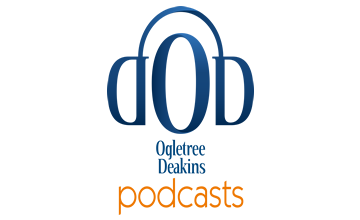Podcast: Play in new window | Download (Duration: 10:06 — 13.9MB) | Embed
Subscribe: Apple Podcasts | Spotify | TuneIn | More
In this episode of our Cross-Border Catch-Up podcast series, Diana Nehro (New York, Boston), chair of the firm’s Cross-Border Practice Group, and Skye Hao (Atlanta) discuss the use of probationary periods for new employees in the Asia-Pacific (APAC) region. Skye and Diana cover the ins and outs of probationary periods, including how probationary periods enable employers to evaluate a new hire’s performance. They also address common misconceptions about probationary periods, including who is eligible, employer documentation requirements, limitations on maximum duration, and employees’ entitlements to benefits.
